The Junkyard
February 8, 2024
The Junkyard is a concept I’m in love with right now. It’s a metaphor for a place full of broken items- but not just any broken items, a brand or company’s broken items. This concept has been hanging around my brain for the last few weeks, ever since we interviewed Ron Grosinger, a shop teacher, auto mechanic and engineer, for our podcast (see podcast shout out at the bottom). He talked about spending time in his local junkyard as a teenager, collecting parts to fix up his car.
I take it a step further and think about any product- shoes, bags, clothes, electronics, furniture, whatever- what happens to it when it breaks? What part of it broke? Can you reinforce that seam or that point of weakness so that it doesn’t break in the future? When I was at EILEEN FISHER, Inc we would see certain products come back consistently with similar flaws, like the tension on a neckline being too tight so it would snap more easily. That information could be passed back to the design and production teams so it could be resolved for the next run of the same or a similar item. I would argue that continuing to improve your product is a fantastic way to gain customers for life. Your junkyard can help you understand how your product fails and how you can do better.
In the world of the fashion circular economy, this could be as simple as conducting a one-time take-back event just to get enough product to start seeing how it lives after it was sold (the first time).
I cannot underscore this enough: you (the team that designed it, manufactured it, sold it), YOU have to spend time with the things that come back. Pick them up, look at them, feel how the materials held up or didn’t, notice any flaws, anything that would make you upset as a customer. Nothing replaces that physical interaction with your own post-consumer product. Not only can you improve upon technical issues, but you can also be inspired by what you made years ago. Eileen (of EILEEN FISHER, Inc) has shared publicly that she was nervous when the take-back program first started because she thought she wouldn’t like what people brought back- she was worried she wouldn’t like the things her company had produced over the years, but on the contrary she was surprised and delighted by what she saw coming back from customers. The whole experience reinforced the brand’s value proposition: simple design with high quality materials; it actually stood, and stands, the test of time.
I asked a few friends and colleagues in my network to share their thoughts on The Junkyard:
Andy Ruben
Trove Founder & Exec Chair
Returns have gone from a 'cost of doing business' to a material P&L line item. It's not only responsible but business essential for execs to have an understanding of what is coming back and why. Execs benefit from not only the data but by spending time investigating the items themselves.
Andy is absolutely right that many returns end up in The Junkyard, and returns is one of the hottest topics in retail and ecommerce these days. Improving your product reduces returns and increases your margins.
Kellen Hennessy
Design Manager - Circularity at The North Face, a VF Company
Oh man, this thought is very close to my heart and soul.
I feel so passionately that anyone who builds or touches products should be aware firsthand what their take-back stream looks like and how it is managed.
Nothing hits home like going to a facility and seeing product that you worked on, damaged, in boxes, piled high, waiting for repair. It’s humbling for so many reasons, but from a designer’s perspective, it also provides a really unique opportunity to learn how to improve. My first visit to our Renewed facility was eye-opening, and I immediately began thinking about how to get our design teams there to experience it firsthand. Ultimately, that’s how we created the REMADE program – during a design residency at our Renewed facility where designers spent a week digging through product, learning about damages, identifying areas for improvement to bring back inline, and also how to think creatively about repairs for items that needed extra work to get back in shape.
We continue to bring in designers for working sessions (and invite our cross-functional team members at the brand) to take tours of our facility to show them what happens to damaged product and the time, labor, and skill involved in reconditioning it. We’ve gotten inspiring ideas, and incredibly helpful informational tidbits from many different functions that come through from QA to Marketing, & retail team members.
Kellen’s comments are spot on. Everyone please make a note to try to do this if you can! This really reminded me of working at EILEEN FISHER, Inc and giving Renew warehouse tours to fellow employees. They would be shocked and inspired that the company was truly, truly taking back anything and everything it had ever made and sorting through all of it for value. Everyone would start to touch the clothes all around them, remembering when they designed certain pieces, when they sold them in our stores, when a certain fabric was introduced, etc. This tactile experience sparks people’s curiosity, and curiosity is a marvelous and powerful experience for sparking change. (Also, make sure to check out the remade collection- it’s fantastic!)
Rebecca Harrison
Founder of Old Flame Mending
I have noticed that we see repeats from different customers that have the same garment with the same area that becomes torn or broken. Sometimes it is testament to how well-loved a garment is (for example, our most common mend is denim darning the crotch hole in a vintage pair of Levi's); in other instances we see the same types of zippers failing or the same seam coming out of the same zip-up fleece of a big-name brand. It would be beneficial for brands to have not just a buy-back or trade-in program, but a holistic circular life cycle for each garment that includes repair and upcycling. I believe we should all be doing this first and foremost, for the planet- but also to see a bigger picture of the quality and how their garments are actually being worn/ aging. I really hope that we don't see brands using the buy-back concept as an opportunity to greenwash. What I would like to see is brands actually focus on quality and practice reuse + upcycling, instead of just throwing garments into an incinerator or practicing wishful recycling.
Rebecca and her staff are gathering valuable data every day about many brands’ Junkyards. I couldn’t agree more about transitioning to a fully circular approach, where brands are making items with their first, second, third lives in mind. She is also absolutely correct that many brands incinerate their unsellable garments (both new and returned) and that textile recycling is actually quite challenging; most ‘recycling’ is actually just shredding garments and turning them into insulation, which is better than throwing them away, but we can do better.
Have a great week and let me know if you want help with your Junkyard,

